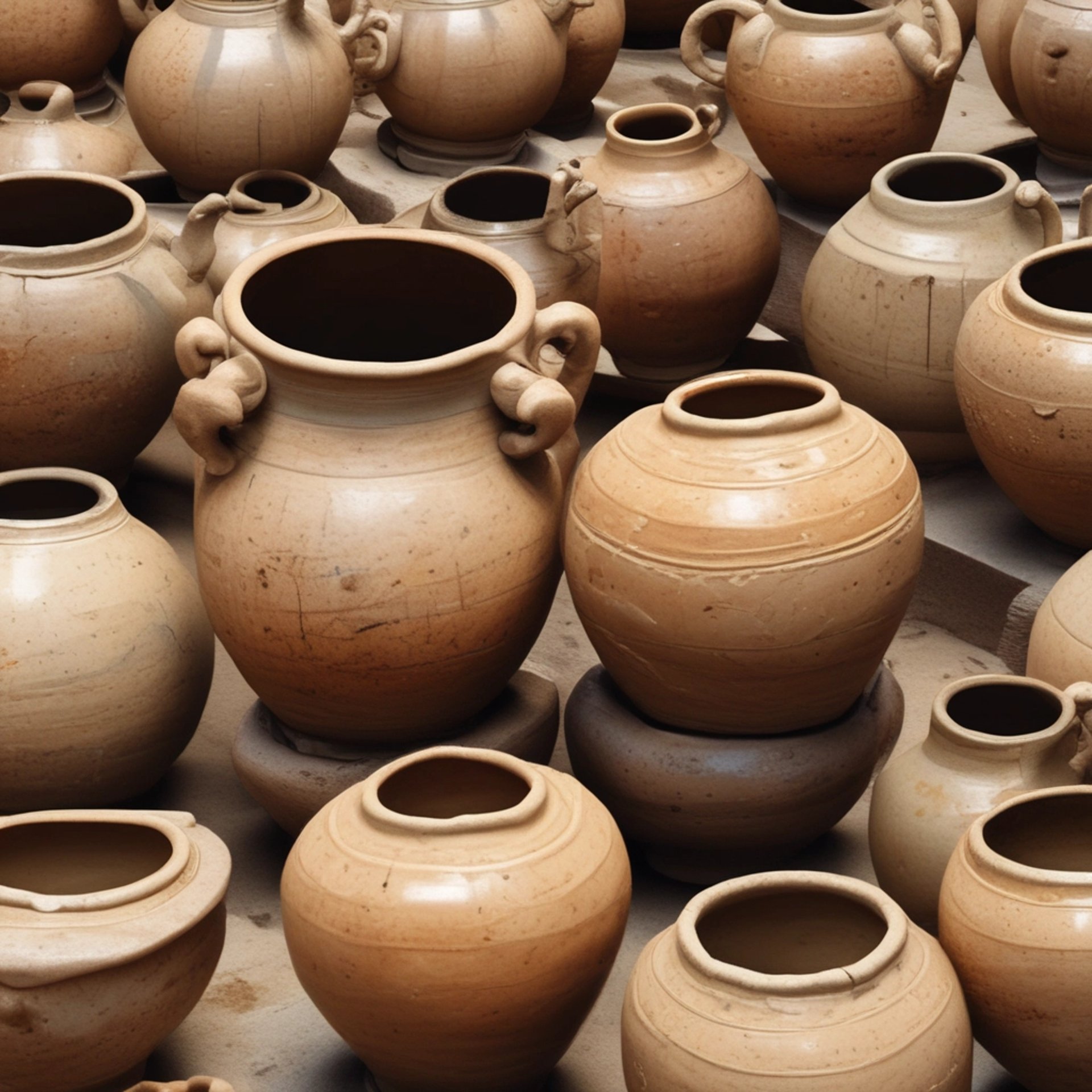Shino Glaze, Lovely to Hold, Impossible to Control

My post content
Shino Glaze
Shino glaze has a fascinating history that dates to the 16th century in Japan. Here's a brief overview, but I only discovered Shino glazes in 2005. Once I learned of this fascinating glaze, I was hooked. I purchased a gas kiln for the express purpose of recreating Shino glazes
Shino glaze originated in the Momoyama period (1568-1600) in Japan, specifically in the Mino and Seto regions. It was the first white glaze used in Japanese ceramics, made from local feldspar and clay, producing a satiny white color.
Shino glaze fell out of favor in the 17th century. It was said that the recipe to make the Shino glaze was lost. However, in the 1970’s two groups, working independently and without knowledge of the other, recreated the recipe. In the United States a student of Warren MacKenzie at the University of Minnesota, Virginia Wirt, recreated the recipe. Her work led to a resurgence of Shino’s popularity. Today her legacy is referred to as American Shino.
During the same time period, it became know that Japanese potters Toyozo Arakawa and Hajime Kato, had been studying shards at the site of the ruins of an ogama style kiln. They built a kiln reproducing the original Mutabora kiln and rediscovered the techniques for manufacturing Shino glazes. Today, Shino glazes are widely used in both Japan and in the west, appreciated for their unique beauty and historical significance.
Shino glaze is typically a white or pale-colored glaze, often with variations of orange, red, and gray. The glaze can create a range of textures, from smooth and glossy to rough and pitted, depending on how it is applied and fired. One of the hallmark features of Shino glaze is the appearance of red scorch marks or "fire marks" that result from the kiln firing process. Shino glaze can produce a variety of surface textures, including pinholes, crawling, and cracking, which add to its visual interest and tactile appeal.
